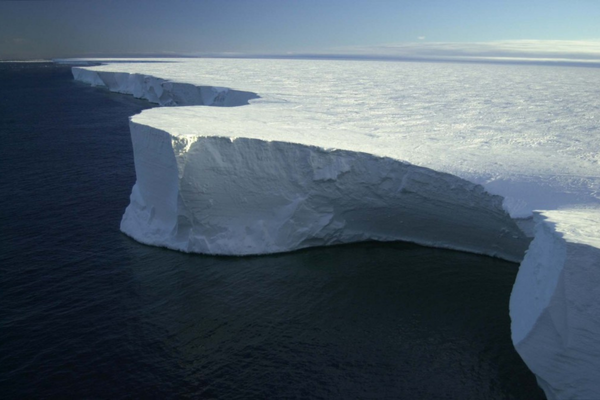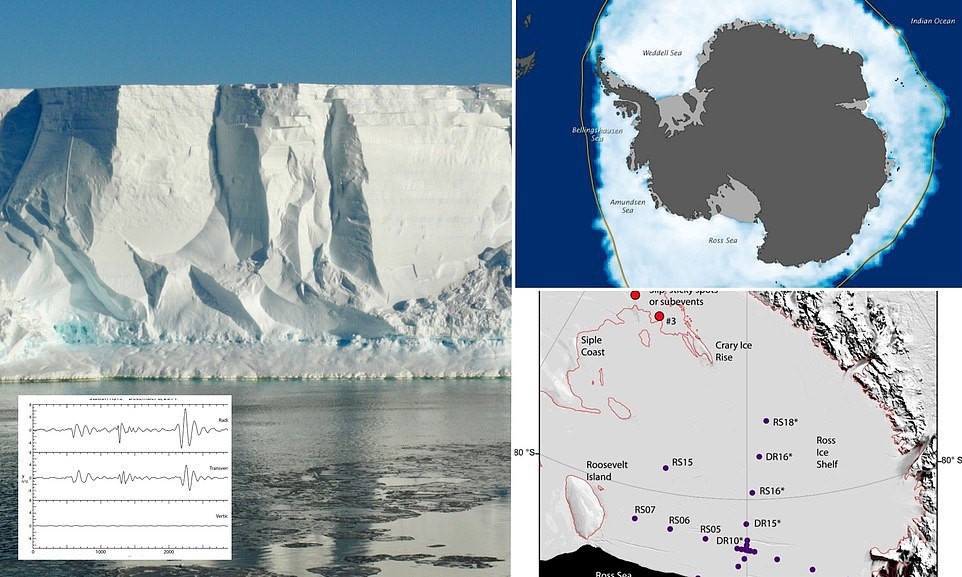Antarctica’s Ross Ice Shelf experiences sudden jumps twice a day, leading to potential “icequakes”.
About Ross Ice Shelf:
- The Ross Ice Shelf is the largest ice shelf in the world, positioned on the side of Antarctica closest to New Zealand.
- It covers an area about the size of Spain, making it roughly equivalent to the size of France.
- The shelf has an average thickness of approximately 1,300 feet.
Physical Characteristics and Behavior:
- It comprises a massive slab of ice where two sections can press against each other, similar to tectonic plates on Earth.
- This pressing can cause sudden jumps, occurring twice daily, which may lead to “icequakes” or seismic disturbances within the ice.
Ecological and Geological Implications:
- Icequakes can be harmful, posing risks to animals living in the vicinity and to human explorers.
- About 90 per cent of the Ross Ice Shelf’s bulk is submerged underwater.
Impact on Global Sea Levels:
- The melting of the Ross Ice Shelf and similar formations does not directly affect global sea levels because the ice is already at equilibrium with the surrounding water.
- However, these ice shelves play a critical role in moderating the flow of glaciers from Antarctica into the ocean.
- If the ice shelves were to diminish, glaciers could slide more rapidly into the sea, potentially raising global water levels.
Ref:Source
| UPSC IAS Preparation Resources | |
| Current Affairs Analysis | Topperspedia |
| GS Shots | Simply Explained |
| Daily Flash Cards | Daily Quiz |



